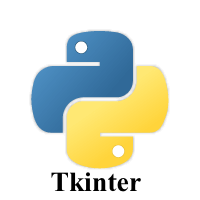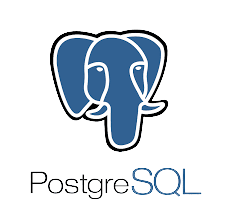We decided to use Fuzzy matching to compare extracted locations to the excel spreadsheet of Admins 0, 1 & 2 locations, thus finding the corresponding codes. We used the python library 'Pandas' to read from the excel sheets. This is done in the file called exctract_loc()
Process for finding ISO codes:
1.) Filter excel sheet by first letter of Country extrcated by QA model
2.) Try to find exact match
3.) If no exact match found, find the best match by comparing 'fuzz ratio'
The fuzz ratio is the similarity score between to strings. The higher the score the more similar the words are.
The function find_p_code() returns a tuple(tag, p-code), where the tag is 0 if there is not match, 1 if the location is admin 1 and 2 if the location is admin 2
def __init__(self, admin_0, loc_list):
self.admin_0 = admin_0
# list of dict of pcodes for admin 1 & locations
self.loc_list = loc_list
self.ISO_code = self.getISOCode()
self.p_code_1 = []
self.p_code_2 = []
def loop_p_codes(self):
for loc in self.loc_list:
tag = self.find_p_code(loc)[0]
p_code = self.find_p_code(loc)[1]
dict = {"Location":loc, "P-Code":p_code}
if tag == 1:
self.p_code_1.append(dict)
if tag == 2:
self.p_code_2.append(dict)



